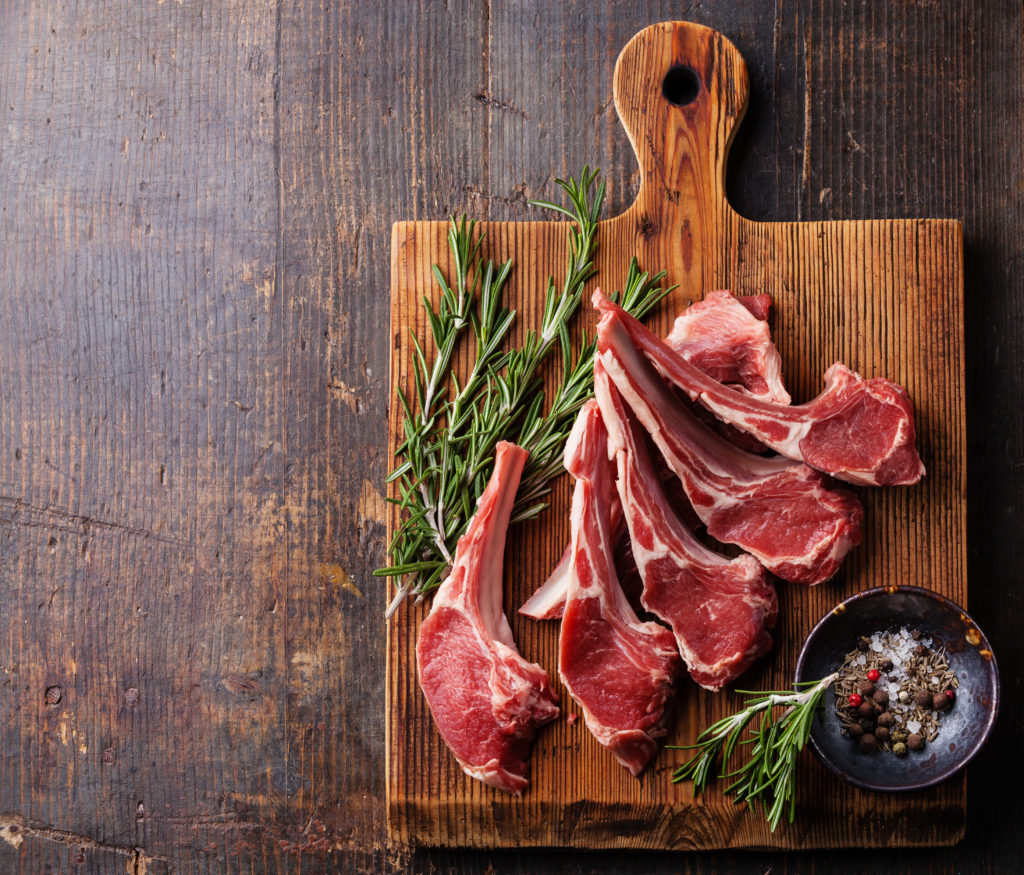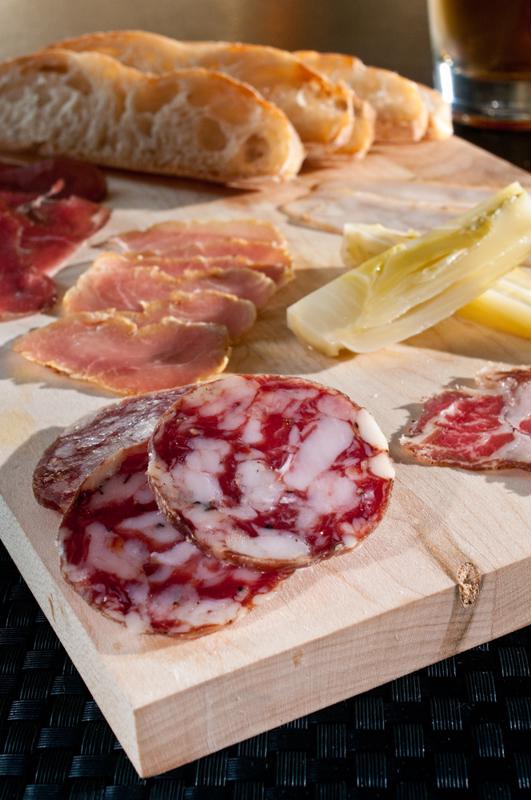 Anyone attending culinary academy has likely enjoyed the fresh, delicious items served at farm-to-table restaurants. You may have also tried some of the more unusual offerings available from artisan butchers. Today, a rising trend is bringing these concepts together in a way sure to appeal to ardent meat-lovers.
Anyone attending culinary academy has likely enjoyed the fresh, delicious items served at farm-to-table restaurants. You may have also tried some of the more unusual offerings available from artisan butchers. Today, a rising trend is bringing these concepts together in a way sure to appeal to ardent meat-lovers.
Baum + Whiteman predicted increasing popularity for butcher-to-table dining in 2017. Restaurants with attached butcher shops give patrons opportunities to try out intriguing new cuts and unique meat-based dishes. Students working toward a culinary certificate online can find a variety of fresh ideas for their cooking in these establishments.
“Restaurants with attached butcher shops let patrons try new cuts.”
Changing how we eat meat
Artisanal butcher shops have been appearing in cities across the country over the past several years. As Food & Wine explained, these butchers go beyond offering a freshly cut tenderloin, encouraging customers to rethink their relationship with meat. This approach starts with an emphasis on sourcing locally and humanely raised livestock and adhering sustainable methods.
Artisanal butchers commonly provide pieces of meat that are unusual in the American diet, minimizing waste with a nose-to-tail philosophy. For instance, Butcher & Larder in Chicago buys whole animals so it has options on hand, like beef shoulder, spider steak or pork trotter in addition to the customary New York strip or spare ribs. There’s also an extensive selection of hearty sausages, and meat master Rob Levitt offers demos to educate the public in how to create their own, from grinding to cooking.
 At butcher-to-table restaurants, customers can sample a multitude of unusual meats.
At butcher-to-table restaurants, customers can sample a multitude of unusual meats.Connecting chefs and butchers
While many artisanal butchers have worked closely with chefs for certain meals, butcher shops fully incorporated into restaurants are becoming more common. With immediate access to a huge variety of animal-based ingredients chefs are able to craft exceptional meals that show off their creativity. At the same time, customers get the advantage of knowing exactly where their food came from and enjoying it extra-fresh.
Parts and Labor in Baltimore concentrates on employing traditional techniques to prepare entire animals from the Chesapeake Bay area. That local focus extends to the bar and restaurant area as well, with both the food and cocktail menus characterized by ingredients sourced from nearby producers. Alongside entrees such as lambchetta with wheatberries, crimini mushrooms, Brussels leaves and jus, diners have more daring options. The selection of organ meats and off-cuts includes blood sausage – served with eggs over easy, potato and herb relish – and chicken feet with oyster sauce.
Philadelphians get their fill of dishes prepared from regional meat, dairy and produce at Kensington Quarters. Among the options are duck breast with shiitake mushrooms, sweet potato and pickled cranberry and a spicy beef marinated in garlic and chili with a topping of sesame and hot pepper sauerkraut. The restaurant is open for brunch on weekends, serving distinctive items like pork shoulder Benedict and lamb cassoulet. Plus, the upper floor hosts classes so customers can learn more about butchery and cooking.
For a taste of the butcher-to-table trend, Austin culinary arts fans should visit Salt & Time. They’ll find rotating daily selections of butcher’s cuts, offals and market salads, plus salumi, cheese and pickle boards. Some of the dishes regularly turned out by the kitchen are a chicken liver mousse served on French toast with jam made from a Freigeist gose beer and a roasted pork loin stuffed by a savory dressing with mashed potatoes and a rabbit and mushroom gravy.
Culinary arts students can open up new possibilities for their cooking by taking advantage of locally sourced meat in unconventional cuts. Butcher-to-table restaurants demonstrate just how tasty sustainable ingredients can be.


